Cardiac anatomy revisited
- PMID: 15379923
- PMCID: PMC1571338
- DOI: 10.1111/j.0021-8782.2004.00330.x
Cardiac anatomy revisited
Abstract
In tomorrow's world of clinical medicine, students will increasingly be confronted by anatomic displays reconstructed from tomographically derived images. These images all display the structure of the various organs in anatomical orientation, this being determined in time-honoured fashion by describing the individual in the 'anatomical position', standing upright and facing the observer. It follows from this approach that all adjectives used to describe the organs should be related to the three orthogonal planes of the body. Unfortunately, at present this convention is not followed for the heart, even though most students are taught that the so-called 'right chambers' are, in reality, in front of their 'left' counterparts. Rigorous analysis of the tomographic images already available, along with comparison with dissected hearts displayed in attitudinally correct orientation, calls into question this continuing tendency to describe the heart in terms of its own orthogonal axes, but with the organ positioned on its apex, so that the chambers can artefactually be visualized with the right atrium and right ventricle in right-sided position. Although adequate for describing functional aspects, such as 'right-to-left' shunting across intracardiac communications, this convention falls short when used to describe the position of the artery that supplies the diaphragmatic surface of the heart. Currently known as the 'posterior descending artery', in reality it is positioned inferiorly, and its blockage produces inferior myocardial infarction. In this review, we extend the concept of describing cardiac structure in attitudinally correct orientation, showing also how access to tomographic images clarifies many aspects of cardiac structure previously considered mysterious and arcane. We use images prepared using new techniques such as magnetic resonance imaging and computerized tomography, and compare them with dissection of the heart made in time-honoured fashion, along with cartoons to illustrate contentious topics. We argue that there is much to gain by describing the components of the heart as seen in the anatomical position, along with all other organs and structures in the body. We recognize, nonetheless, that such changes will take many years to be put into practice, if at all.
Figures

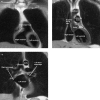










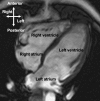
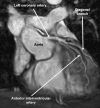

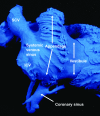

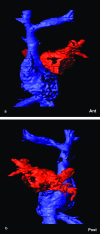
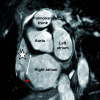






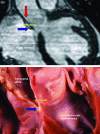




References
-
- American Heart Association Writing Group on Myocardial Segmentation and Registration for Cardiac Imaging. Standardized myocardial segmentation and nomenclature for tomographic imaging of the heart. Circulation. 2002;105:539–547. - PubMed
-
- Anderson RH, Brown NA. The anatomy of the heart revisited. Anat. Rec. 1996;246:1–7. - PubMed
-
- Anderson RH, Ho SY. What is a ventricle? Ann. Thorac. Surg. 1998;66:616–620. - PubMed
-
- Anderson RH, Webb S, Brown NA. Defective lateralisation in children with congenitally malformed hearts. Cardiol. Young. 1998;8:512–531. - PubMed
-
- Anderson RH, Webb S, Brown NA. Clinical anatomy of the atrial septum with reference to its developmental components. Clin. Anat. 1999;12:362–374. - PubMed
Publication types
MeSH terms
LinkOut - more resources
Full Text Sources
Medical
Miscellaneous

